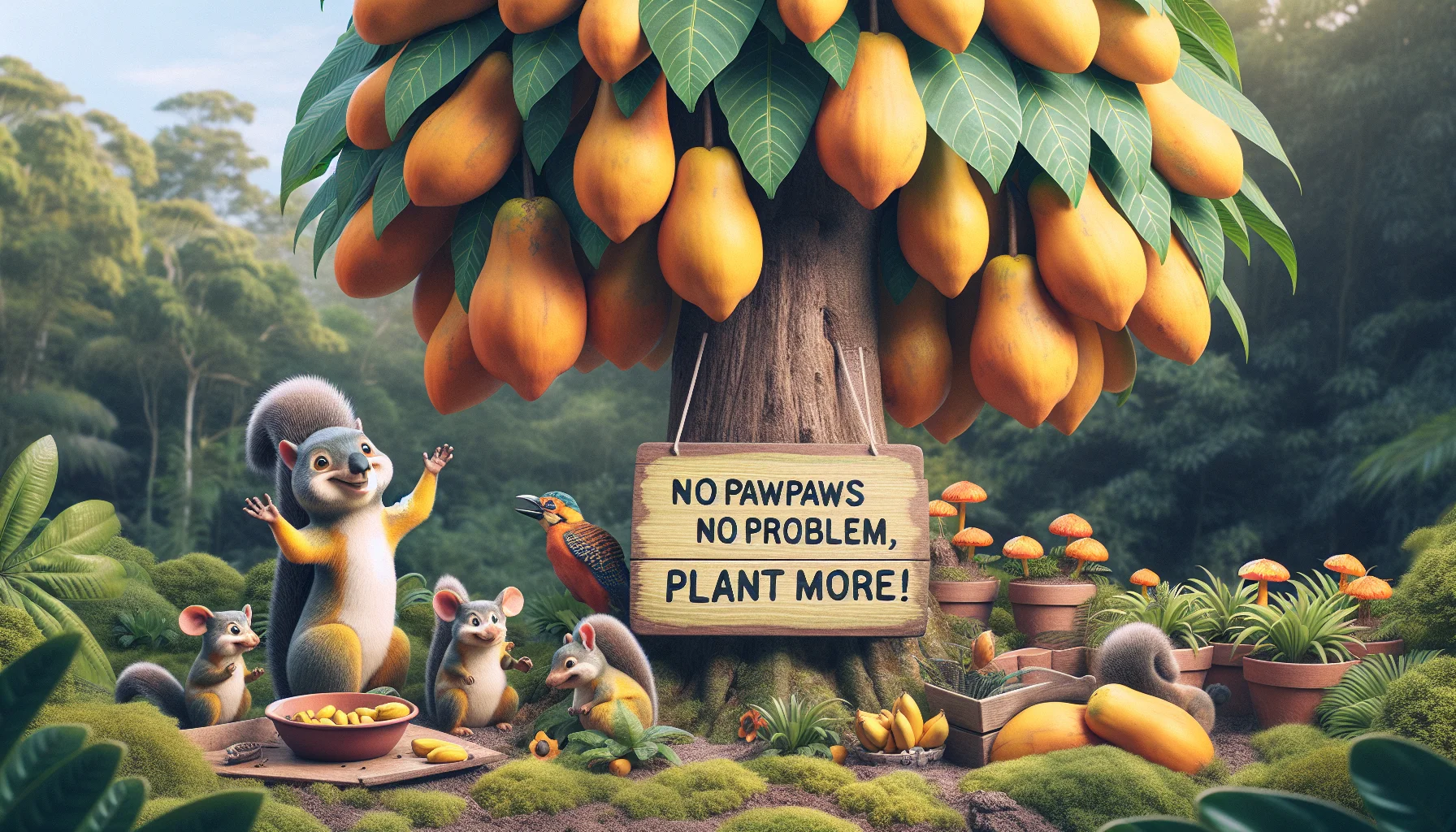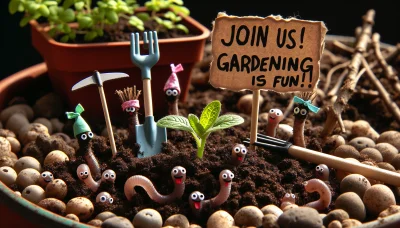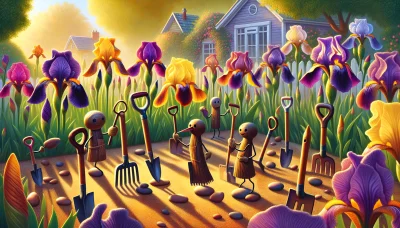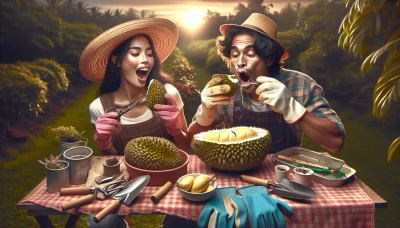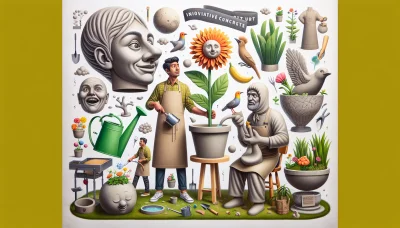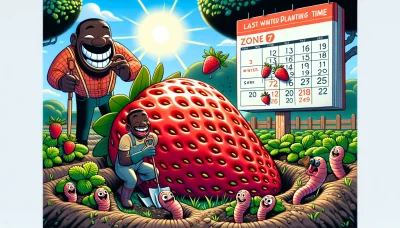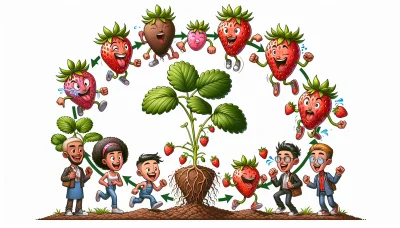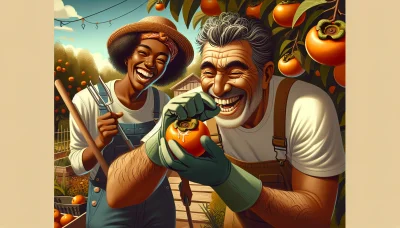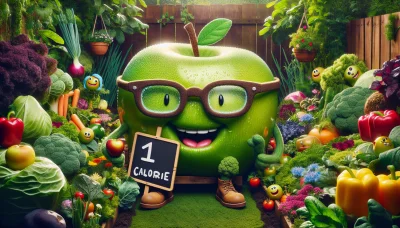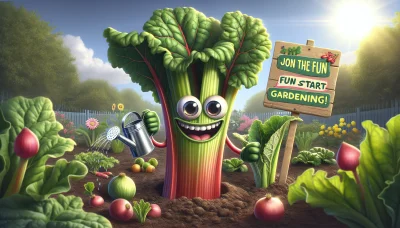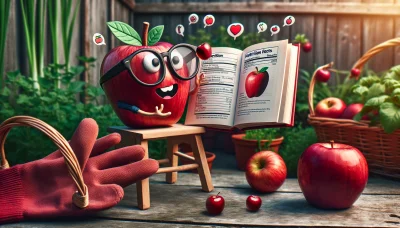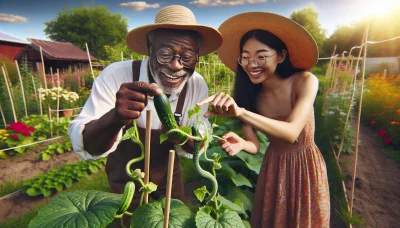Ripe pawpaw Quiz
Test Your Knowledge
Question of
The Wonders of Ripe Pawpaw
Ripe pawpaw, also known as papaya, holds a significant place in gardening due to its numerous benefits and ease of cultivation. This tropical fruit is not only cherished for its sweet, musky taste but also for its minimal maintenance requirements, making it a favorite among both novice and experienced gardeners. Ripe pawpaws are rich in vitamins A, C, and E, antioxidants, and other nutrients that promote health. In gardening, they contribute to biodiversity, attracting beneficial insects and pollinators with their vibrant flowers and sweet scent. Moreover, the plants can serve as a natural pest repellent, enhancing the health and yield of surrounding plants. Cultivating ripe pawpaw can also improve soil fertility and structure, as their roots fix nitrogen in the soil, benefiting neighboring plants. The wonders of ripe pawpaw extend beyond the garden, offering nutritional, ecological, and aesthetic value.
How to Identify Ripe Pawpaw
- The skin turns from green to yellow or brown.
- The fruit becomes soft to the touch.
- A sweet, fruity aroma is noticeable near the stem.
- The fruit starts to detach easily from the tree.
- Small brown spots appear on the skin.
Best Practices for Growing Pawpaw Trees
Pawpaw trees, known for their delicious, custard-like fruits, thrive under specific conditions and require careful attention to detail to produce their best yields. Firstly, these trees prefer well-drained, fertile soil with a slightly acidic to neutral pH. They need a sunny to partly shaded location, though young trees benefit from some protection from direct afternoon sun. Adequate water is crucial, especially in the first few years and during dry spells, to establish a strong root system and support fruit production. Mulching helps retain soil moisture and keeps the roots cool. Pawpaw trees also need proper spacing, about 8 to 10 feet apart, to ensure good air circulation and sunlight penetration. Fertilization should be approached with caution, with a preference for organic matter and a balanced, slow-release fertilizer applied in the early spring. Regular pruning is not typically required, but removing dead or damaged limbs can help maintain tree health and vigor. Finally, because pawpaw trees are not self-pollinating, planting at least two different varieties close to each other can enhance cross-pollination and fruit set. By following these best practices, gardeners can enjoy the unique pleasure of harvesting ripe, home-grown pawpaws right from their backyard.
Harvesting Your Ripe Pawpaw
The best method and timing for harvesting pawpaws are crucial to ensure they reach their peak ripeness and flavor. Pawpaws are typically ready for harvest from late summer through early fall, depending on your local climate and the specific variety. You'll know pawpaws are ripe when they detach easily from the tree with a gentle tug. The fruit should feel soft to the touch, and its skin may turn from green to a yellowish or brownish hue. Another indicator of ripeness is the fruit's fragrance, which becomes more pronounced as it matures. Avoid pulling hard or harvesting too early, as pawpaws do not ripen well off the tree. For the best taste, consume them within a few days of harvesting or store them in the refrigerator to extend their shelf life slightly.
Storing and Preserving Ripe Pawpaw
- Refrigerate ripe pawpaws immediately to slow down the ripening process. They can be kept in the refrigerator for up to a week.
- For longer storage, puree the pawpaw flesh and freeze it. You can add a bit of lemon juice to the puree to prevent browning.
- Freeze whole or sliced pawpaws. If freezing slices, first spread them on a baking sheet to freeze individually, then transfer them to a freezer bag. This prevents the slices from sticking together.
- Dehydrate slices of pawpaw to make pawpaw chips. Store these in an airtight container in a cool, dark place.
- Make pawpaw jam or jelly. This is a great way to preserve the fruit's flavor and enjoy it for months.
- Canning pawpaw pulp is another method to preserve its freshness. Ensure to follow proper canning guidelines to prevent spoilage.
Delicious Recipes Using Ripe Pawpaw
Explore the tropical sweetness of ripe pawpaw through our curated selection of simple recipes. Whether you're looking to create a refreshing smoothie, a rich and creamy dessert, or a savory sauce that pairs perfectly with your favorite dishes, our recipes are designed to highlight the unique flavor of this wonderful fruit. Let's dive into the world of pawpaw and transform your meals into an exotic escape.
The Health Benefits of Eating Ripe Pawpaw
| Nutrient | Benefit |
|---|---|
| Vitamin C | Boosts the immune system and acts as an antioxidant. |
| Vitamin A | Supports eye health and skin health. |
| Folate (Vitamin B9) | Essential for cell function and tissue growth, particularly important during pregnancy. |
| Potassium | Helps regulate blood pressure and is important for heart health. |
| Fiber | Aids in digestion and helps maintain a healthy weight. |
| Antioxidants (like beta-carotene, lycopene) | Protects against free radical damage, potentially reducing the risk of certain diseases. |
| Papain | An enzyme that aids in digestion and can help reduce inflammation. |
| Calcium | Important for bone health. |
| Magnesium | Supports muscle and nerve function and energy production. |
